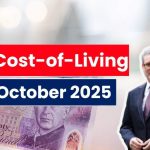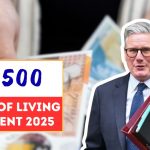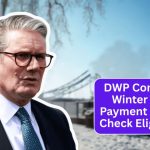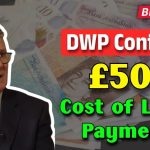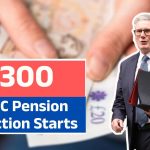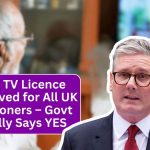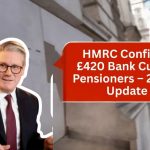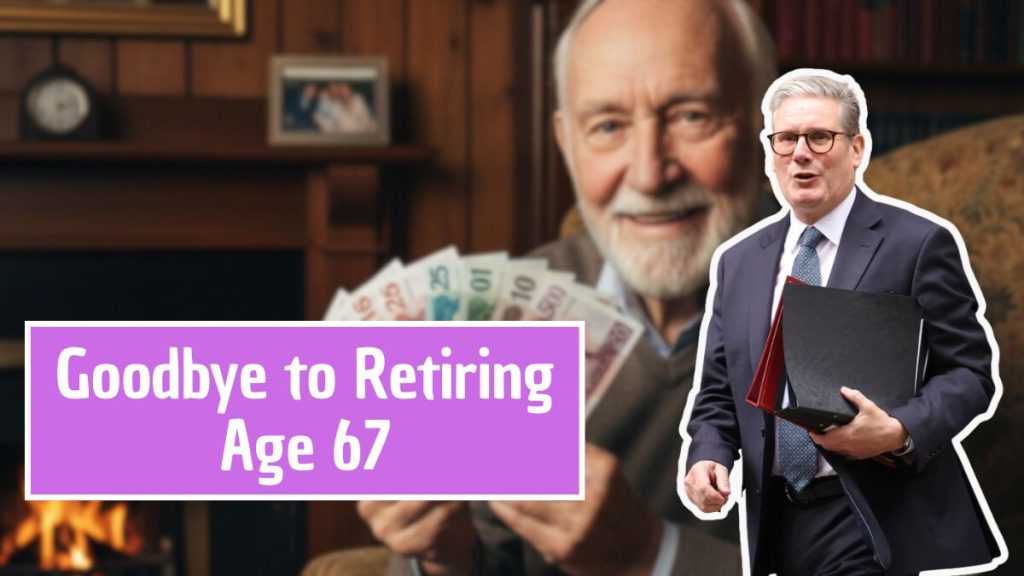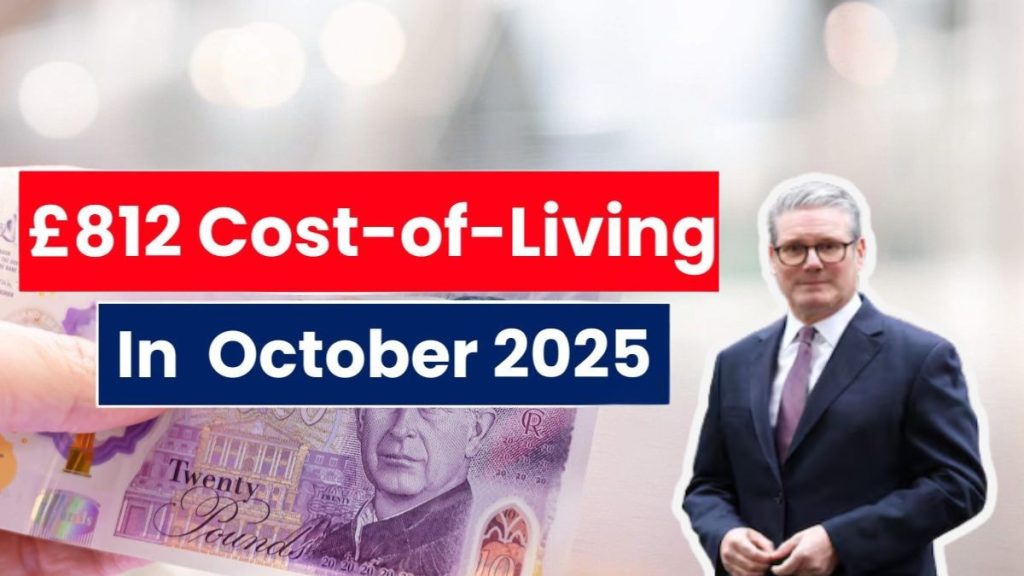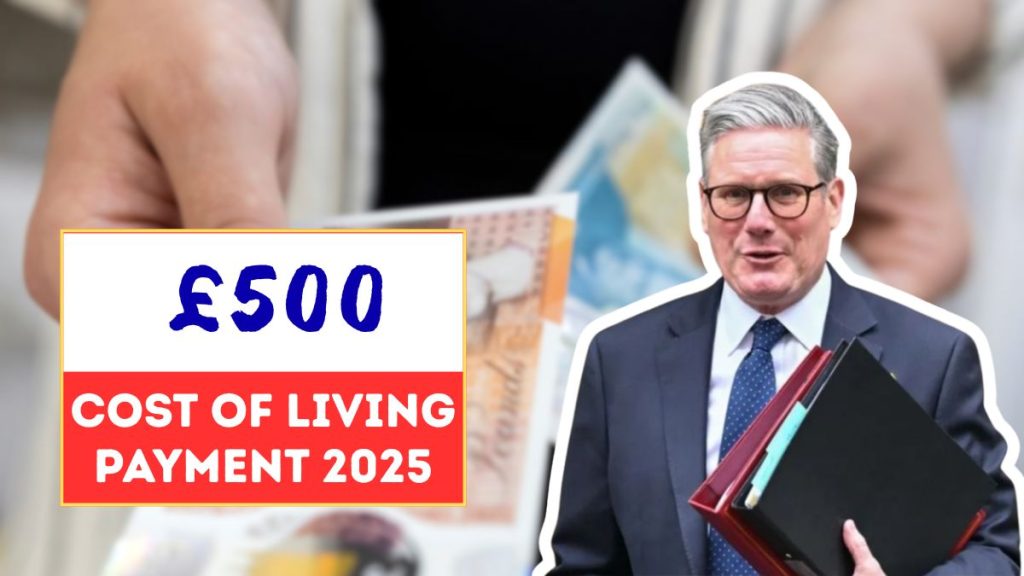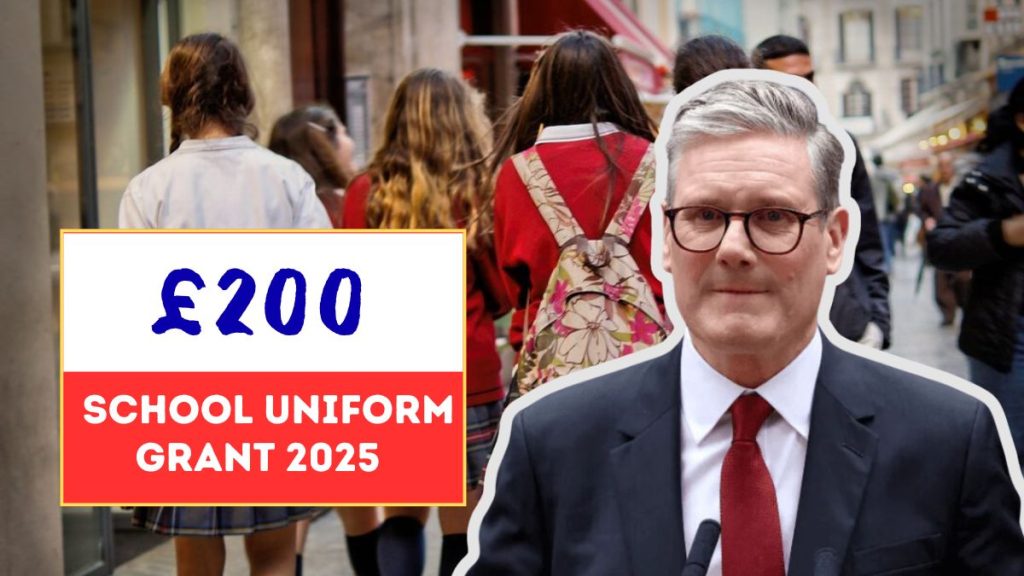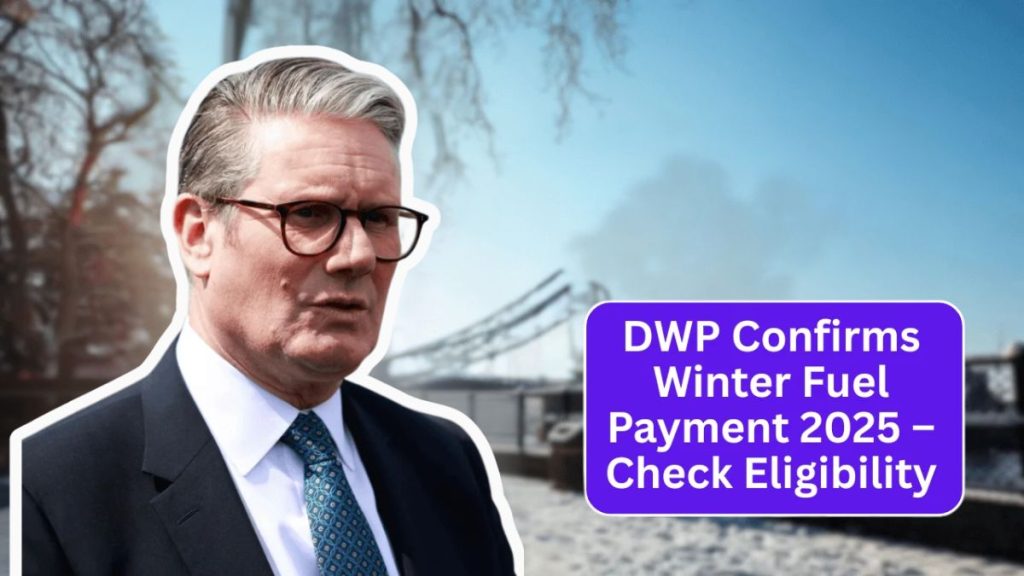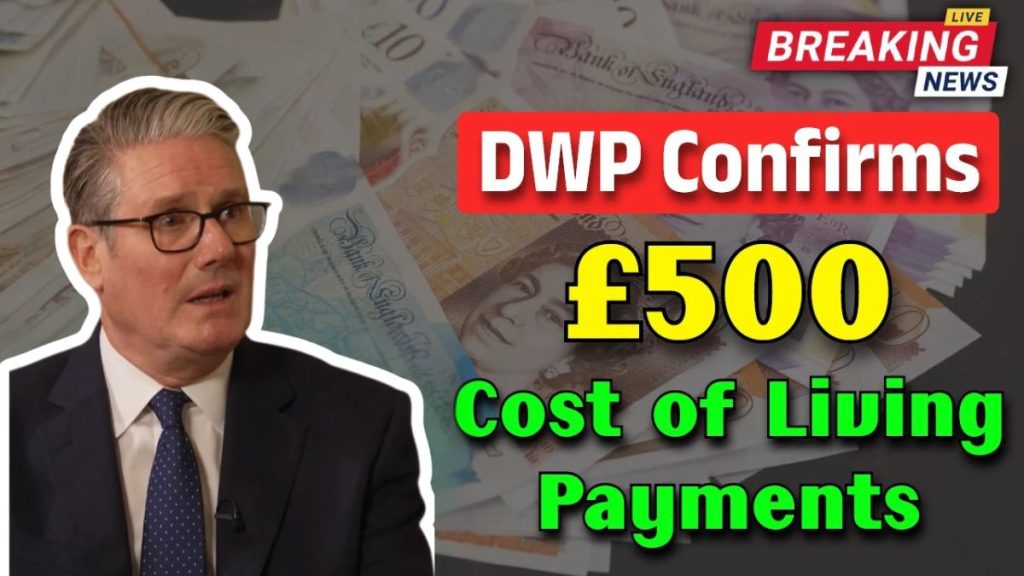As living costs continue to squeeze UK households, the Department for Work and Pensions (DWP) has confirmed a £500 Cost of Living Payment for 2025.
This one-off financial boost aims to provide targeted support to low-income families and individuals who rely on certain benefits.
The payment, set to be rolled out automatically, will help cushion the impact of rising bills, food prices, and inflation — particularly for those most affected by the ongoing cost-of-living crisis.
Who Qualifies for the £500 Cost of Living Payment?
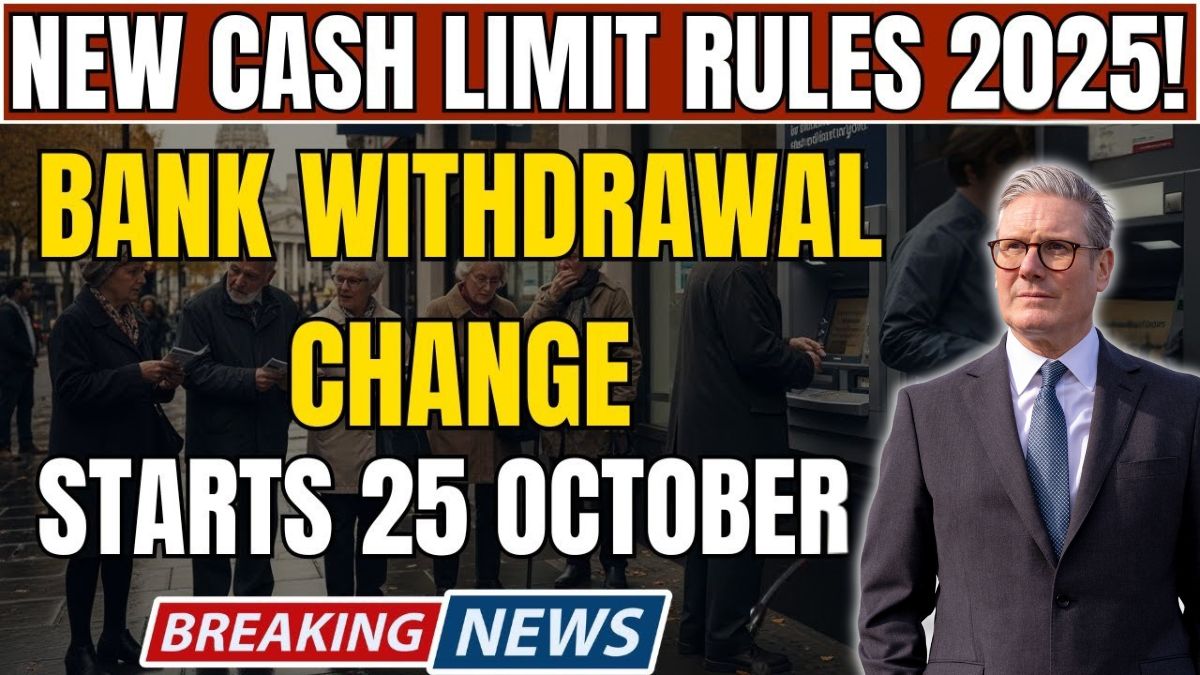
Eligibility for the payment depends on whether claimants received one or more qualifying benefits during a specific “qualifying week”, expected to fall between 15 and 21 September 2025.
Those who receive the following means-tested or income-related benefits will likely qualify:
- Universal Credit
- Income-based Jobseeker’s Allowance (JSA)
- Income-related Employment and Support Allowance (ESA)
- Income Support
- Pension Credit
- Working Tax Credit or Child Tax Credit (subject to income thresholds)
The DWP has clarified that eligibility is based on benefit status during that qualifying week, not the date of payment.
That means even if you receive benefits later, you might miss out if you were not eligible during that specific period.
Importantly, the payment is non-taxable, does not affect other benefits, and is designed purely as extra financial help — not as income that reduces existing entitlements.
When Will the £500 Payment Be Made?
The DWP is expected to distribute the £500 support in two separate instalments to spread financial assistance across the year:
| Payment Period | Approximate Dates | Amount |
|---|---|---|
| First instalment | 6–22 February 2026 | ~£250 |
| Second instalment | 31 October–19 November 2026 | ~£250 |
Payments will be automatically credited to the same bank account where recipients usually receive their benefits.
There’s no need to apply — the system is designed to identify eligible claimants automatically using DWP and HMRC records.
How the Scheme Works
The snapshot system means your eligibility depends entirely on your benefit status during the qualifying week.
If your circumstances changed — for example, if your benefit claim paused or your income temporarily increased — you might not qualify, even if you’re now receiving support again.
To ensure smooth processing, recipients should:
- Keep bank account details up to date with DWP or HMRC
- Check their benefit payment history for the qualifying week
- Watch for official DWP correspondence confirming eligibility
It’s worth noting that many people missed out on past cost-of-living payments due to brief breaks in benefits or recent transitions between systems.
Beware of Scams
Whenever new payments are announced, scammers often exploit the situation.
The DWP reminds the public that it never contacts claimants via text, email, or social media asking for personal or banking details.
If you receive a message claiming you must “apply” for the £500 Cost of Living Payment, ignore it — these are fake.
Legitimate payments are always automatic and require no action from recipients.
You can report suspected scams via GOV.UK’s official reporting service.
What to Do If You Don’t Receive the Payment
If the expected payment doesn’t appear in your account during the scheduled windows, here’s what to do:
- Verify your eligibility — confirm you were receiving a qualifying benefit during 15–21 September 2025.
- Check your bank details — ensure the account linked to your benefits is active and correct.
- Contact your benefit office or DWP helpline — provide your National Insurance number and benefit statement for verification.
- Request a payment trace — if you were eligible but missed out due to an administrative error, DWP can initiate a review.
Occasional delays are normal, especially if benefit records were updated or changed around the qualifying period.
Other Support Available
While the £500 Cost of Living Payment provides timely relief, additional support schemes are available for those still struggling:
1. Household Support Fund (HSF)
Administered by local councils, the HSF provides grants or vouchers for essential costs such as food, utilities, and housing.
2. Winter Fuel Payment
A separate annual payment for pensioners to help cover heating costs during colder months.
3. Warm Home Discount
A rebate on electricity bills for eligible pensioners and low-income households.
4. Pension Credit
For retirees on low income, this benefit offers top-up payments and can unlock further support like council tax discounts and free TV licences.
Each scheme has its own eligibility criteria and deadlines. To apply or check status, visit your local council’s website or the official GOV.UK portal.
Why the £500 Payment Matters
The new cost-of-living support is part of a broader government effort to protect vulnerable households from inflation-driven pressures.
While £500 may not fully offset rising expenses, it represents tangible relief for millions — especially those relying on Universal Credit or Pension Credit.
Experts say it could help cover the cost of food, winter heating, or outstanding energy debts at a time when many families are cutting back on essentials.
Frequently Asked Questions
1. Who qualifies for the £500 Cost of Living Payment?
Anyone receiving a qualifying benefit during the 15–21 September 2025 period, including Universal Credit, Income Support, or Pension Credit.
2. Do I need to apply?
No. Payments are automatic for eligible claimants — no forms, emails, or applications are required.
3. How will I receive the money?
Funds will be deposited directly into the same bank account used for your benefit payments.
4. Can I still qualify if I start benefits later?
No. Eligibility depends solely on your benefit status during the qualifying week, not afterward.
5. What if I didn’t get the payment but believe I qualify?
Contact the DWP or HMRC and request a payment trace with your benefit details.

